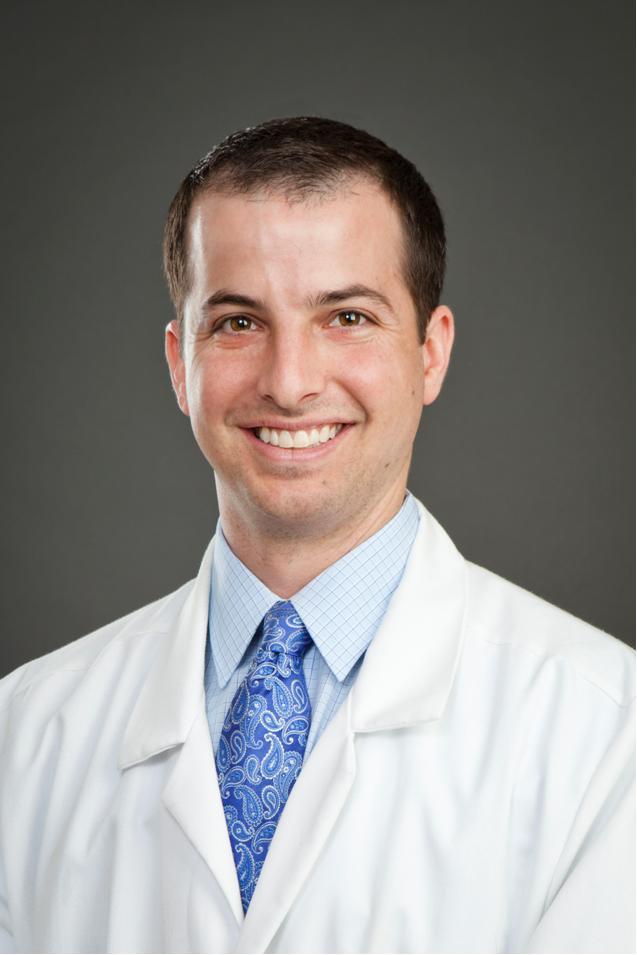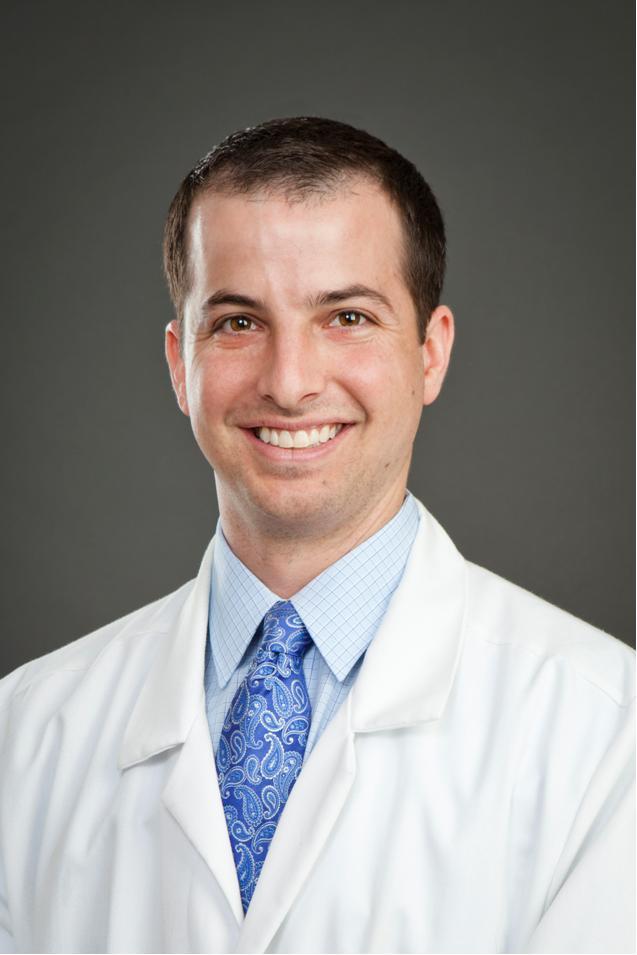
IMAGE: David Goldberg is an assistant professor of Medicine at the Perelman School of Medicine at the University of Pennsylvania.
Credit: Penn Medicine
PHILADELPHIA – As patients in desperate need of a liver transplant lay waiting, many livers that might give them a new life go unused by centers across the nation, according to new research from the Perelman School of Medicine at the University of Pennsylvania. The new findings are published in the Journal of Hepatology.
Patients on the liver transplant waitlist are ranked according to their Model for End-Stage Liver Disease (MELD) score, an objective measure used to predict the risk of death on the waitlist and used to prioritize patients and allocate organs. Even with the MELD system in place, there remains geographic differences in the number of patients who die waiting for a transplant, thought to be associated with variations in organ supply by region.
A team led by David Goldberg, MD, MSCE, an assistant professor of Medicine at Penn, set out to examine if there could be more impacting these disparities than geography alone. They analyzed 23,000 unique organ offers to 13,255 unique patients across the nation's 11 Organ Procurement and Transplantation Network (OPTN) regions between May 2007 and June 2013 to examine the role that the transplant center itself may play in these inequities.
"We found that not only is there a wide variation in acceptance rates for donor organs among transplant centers, these variations directly correlated with whether the sickest patients would die waiting for a lifesaving transplant, with patients 27 percent more likely to die without a transplant for every five percent decrease in a center's adjusted organ offer acceptance rate," Goldberg said.
When an organ becomes available, UNOS ranks all patients eligible to receive the organ based on blood-type match, the recipient's geographic location, MELD score and the recipient's willingness to accept organs with characteristics such as Hepatitis C or over a certain age. The organ is then offered at the center at which the highest-ranked patient is waitlisted. This process is known as a "match run."
A center – most often a transplant surgeon at the center may decline an organ based on donor quality (age), donor-recipient size mismatch, or the opinion that a patient with lower priority has a greater risk of death and would be a more suitable recipient.
Goldberg and colleagues found that only 8,882 (37 percent) of the 23,000 organ offers studied were accepted for the first-ranked patients on the transplant waitlist, the sickest patients on the list. Some patients may be ranked first more than once – if initial organ offers are declined but even when the researchers looked at the initial offer to these 13,255 first-ranked patients, transplant centers accepted (said "yes") to an organ offer less than half the time (48 percent).
The authors then analyzed the data to determine factors associated with the likelihood a center would accept an organ offer, and found that the size of the center did not predict whether an organ would be accepted. But to their surprise, the analysis showed that in geographic areas with more transplant centers, centers were more likely to say "no" to organ offers for their sickest patients.
Even after adjusting for donor, recipient, and transplant center characteristics, there was dramatic variability in organ acceptance rates among all transplant centers in the U.S., with some centers accepting organs for their first-ranked patients 16 percent of the time and some accepting organs for their sickest patients as high to 58 percent of the time. These differences remained even when looking at the best quality organs.
"What this shows us," Goldberg said, "is that these differences weren't based on geography, as centers in the same area — in some cases, within a few miles of each other — varied dramatically in the probability that they would accept an organ for the sickest patient, which determined in many cases whether the patient would live or die. The variability in life-or-death decisions among different transplant centers highlights that decisions of individual transplant centers, rather than geographic borders, are just as much of a source of inequities in transplant care."
Goldberg's team contends that if the field aims to diminish waitlist mortality and provide equitable access to lifesaving transplants, efforts to minimize center variability may be necessary. Among their suggestions: that data on center organ acceptance rates should be made transparent, and should be included as another measure of center performance. These data should be publicly available, in order to inform patients, referring providers, and insurers of decision-making patterns at individual transplant centers.
###
Additional Penn researchers include: Benjamin French, PhD; James D. Lewis, MD, MSCE; Frank I Scott, MD, MSCE; Ronac Mamtani, MD, MSCE; Scott D. Halpern, MD, PhD; and Peter L. Abt, MD.
This work was supported in part by Health Resources and Services Administration (234-2005-37011C), The National Institute of Diabetes and Digestive and Kidney Diseases (K08 DK098272), (K08 DK095951) and the National Cancer Institute (K23 CA187185)
Penn Medicine is one of the world's leading academic medical centers, dedicated to the related missions of medical education, biomedical research, and excellence in patient care. Penn Medicine consists of the Raymond and Ruth Perelman School of Medicine at the University of Pennsylvania (founded in 1765 as the nation's first medical school) and the University of Pennsylvania Health System, which together form a $5.3 billion enterprise.
The Perelman School of Medicine has been ranked among the top five medical schools in the United States for the past 17 years, according to U.S. News & World Report's survey of research-oriented medical schools. The School is consistently among the nation's top recipients of funding from the National Institutes of Health, with $409 million awarded in the 2014 fiscal year.
The University of Pennsylvania Health System's patient care facilities include: The Hospital of the University of Pennsylvania and Penn Presbyterian Medical Center — which are recognized as one of the nation's top "Honor Roll" hospitals by U.S. News & World Report — Chester County Hospital; Lancaster General Health; Penn Wissahickon Hospice; and Pennsylvania Hospital — the nation's first hospital, founded in 1751. Additional affiliated inpatient care facilities and services throughout the Philadelphia region include Chestnut Hill Hospital and Good Shepherd Penn Partners, a partnership between Good Shepherd Rehabilitation Network and Penn Medicine.
Penn Medicine is committed to improving lives and health through a variety of community-based programs and activities. In fiscal year 2014, Penn Medicine provided $771 million to benefit our community.
Media Contact
Lee-Ann Donegan
[email protected]
215-349-5660
@PennMedNews
http://www.uphs.upenn.edu/news/





